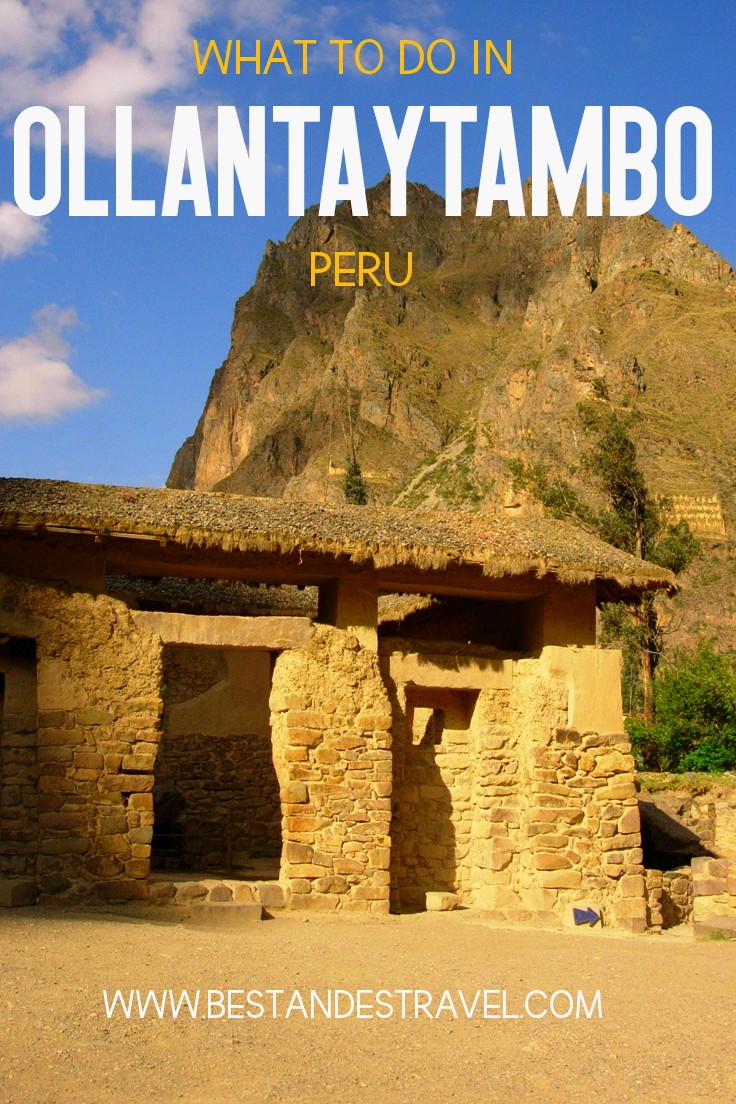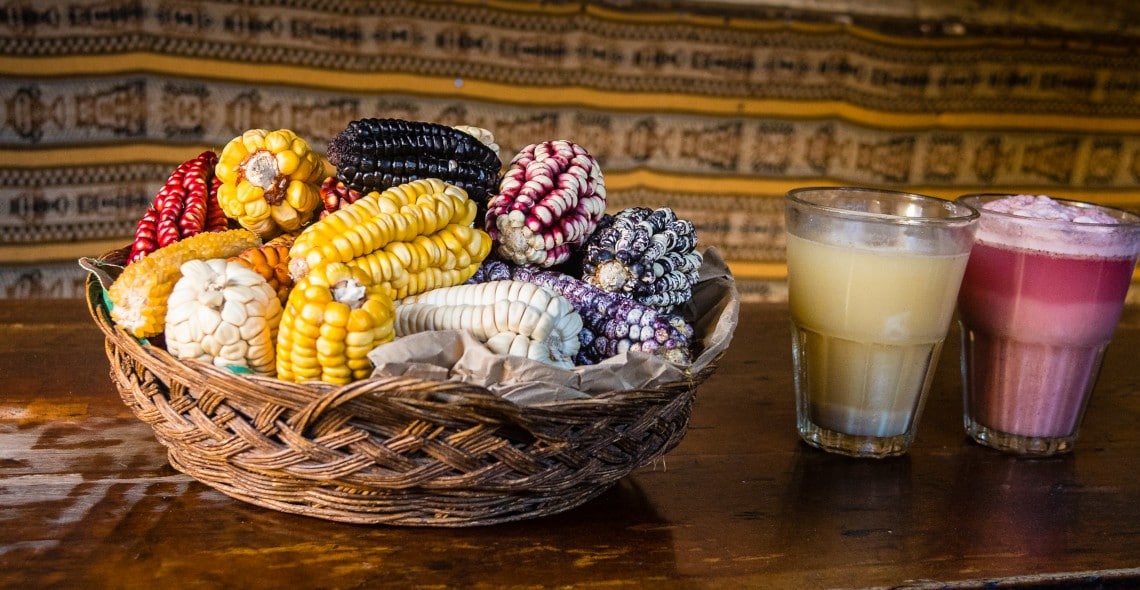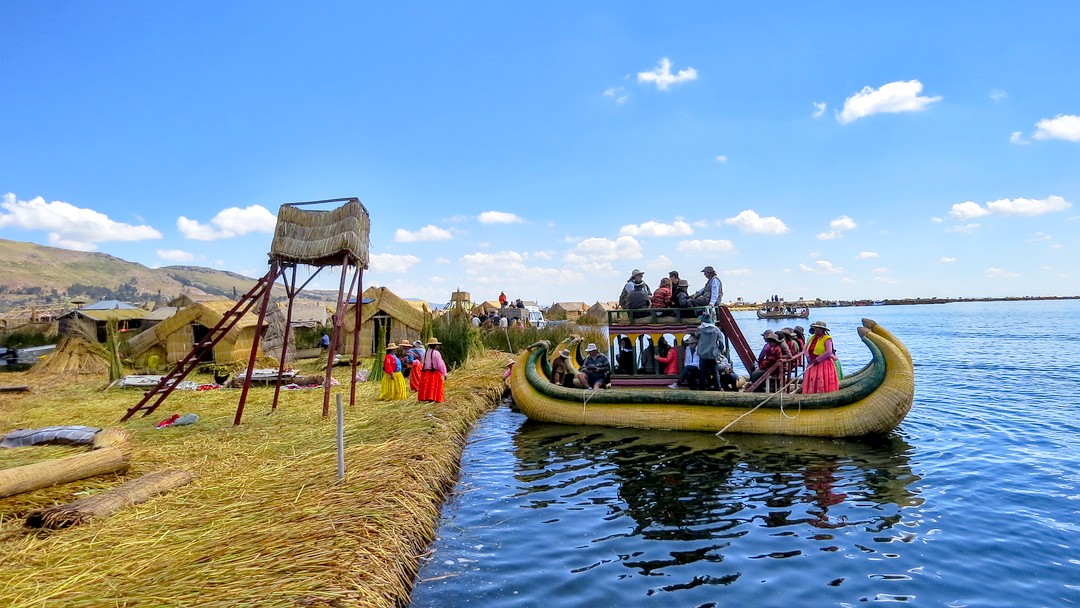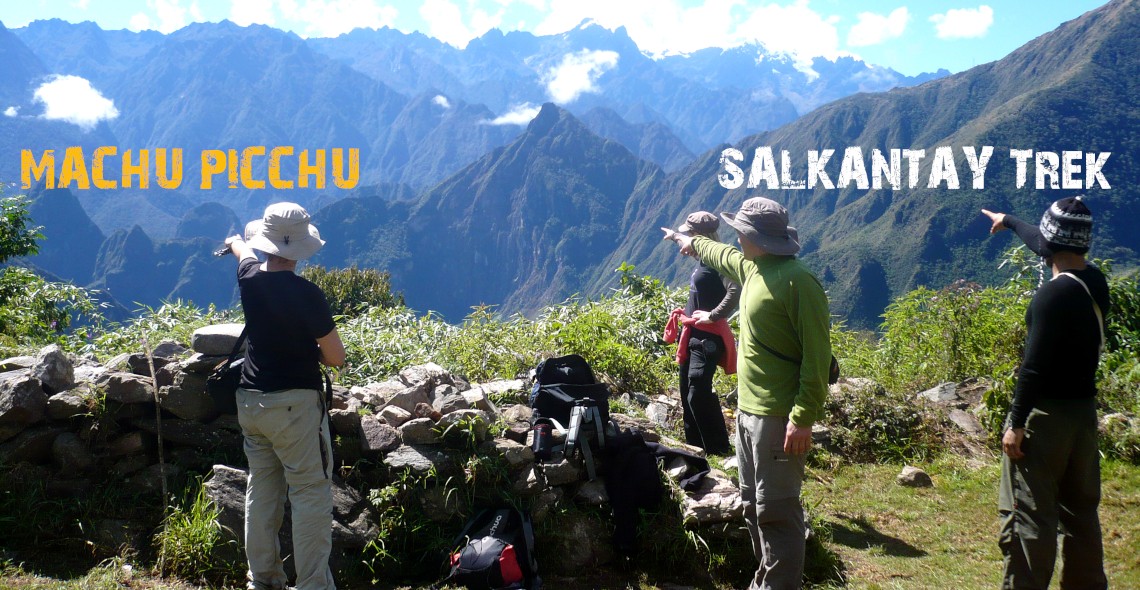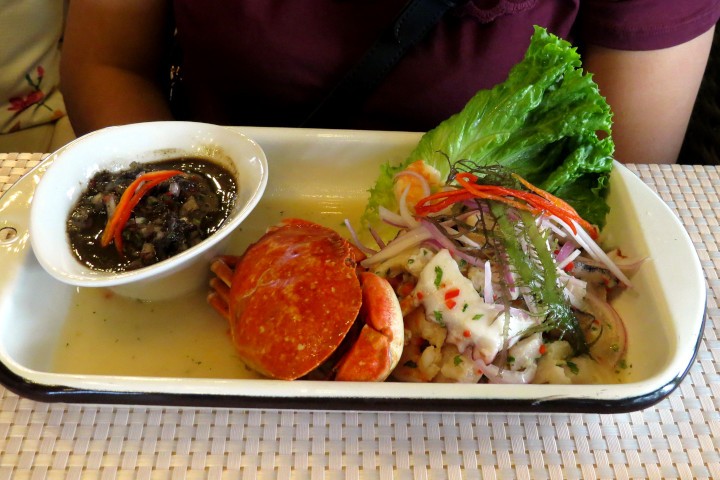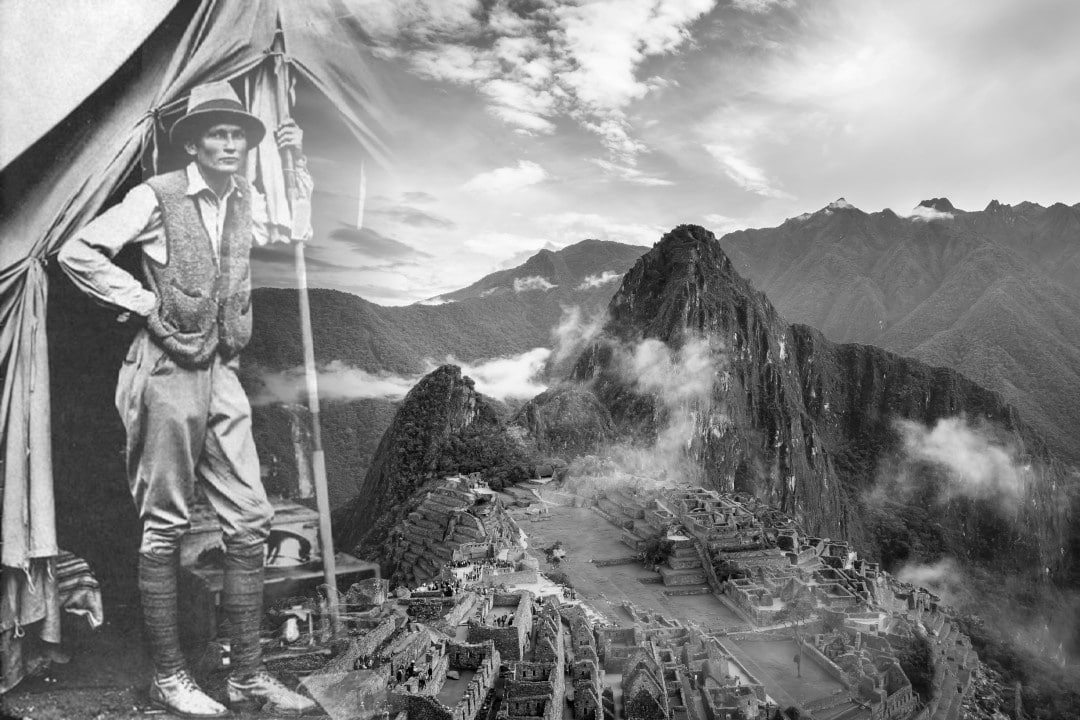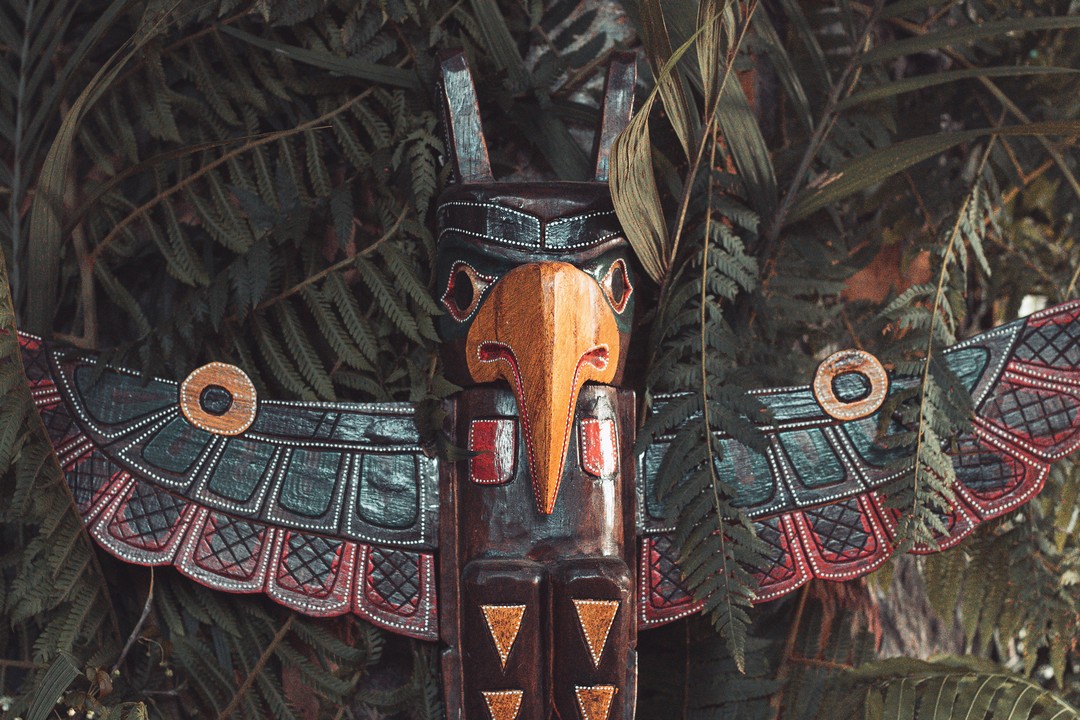Exploring the Ollantaytambo ruins, the stop between Cusco and Machu Picchu
The religious, military and agricultural center of Tahuantinsuyo, and later the Fortress of the Incas Rebels, the city of Ollantaytambo, preserves in its structures one of the clearest examples of how it was lived during the empire’s time.
Ollantaytambo is one of Peru’s unique and surprising archaeological parks. Because of the variety of architectural types and the uniqueness of each one of them: we have not fully understood the techniques used to build huge walls, with megalithic parts that match irregular polyhedra in shape and are excellent in their finish.
Each worked stone is a work of art that is independent of the others, with different sides, angles and volumes.
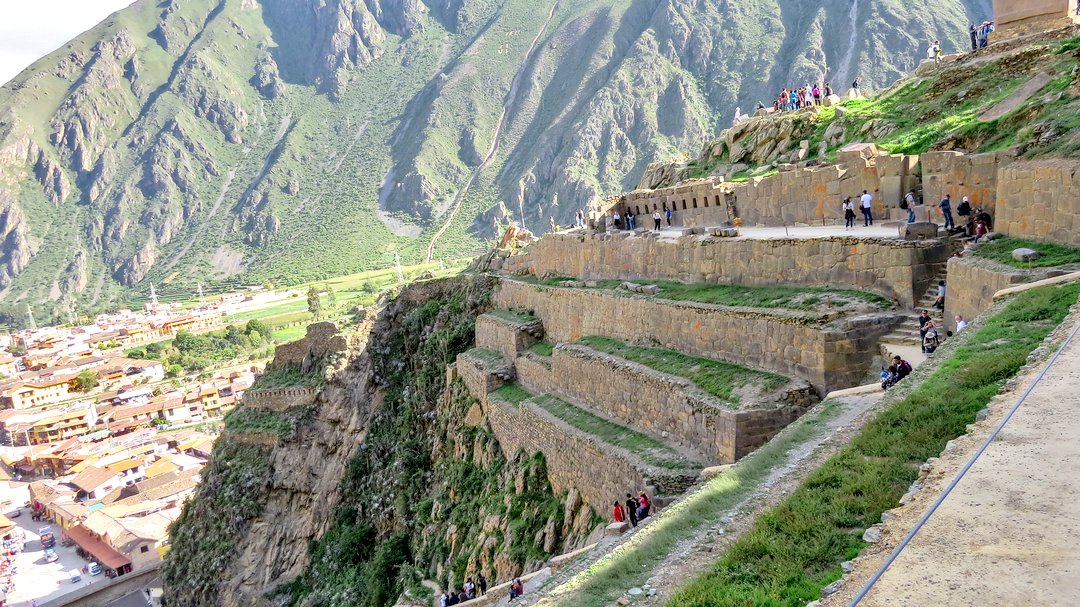
How to get from Cusco to Ollantaytambo
Ollantaytambo is located at the western end of the Sacred Valley of the Incas. To get there, take the paved road that leads to Quillabamba. The village is in km. 78. The train to Machu Picchu also stops in the village.
It is located in the same district in the province of Urubamba in the department of Cusco. About 60 km. in a straight line in the northwest of the city of Cusco.
Ollantaytambo Train Station
By train the Ollantaytambo Station is km. 68th
By car via Chinchero-Urubamba the distance is 75 km. On the road that goes through Pisaq, the distance is 93 km.
The mantle’s tambos were many, each singularized by a name before the word Tambo; for example Ollantaytambo, which means Tambo de Ollanta.
What to see in Ollantaytambo
- Templo del Sol
- Inkapintay
- El fuerte de Choqekillka
- Punku Punku o Llajta Punku
- La Avenida de las Cien Hornacinas
- La plaza Mañay Raqay (Kuychipunku)
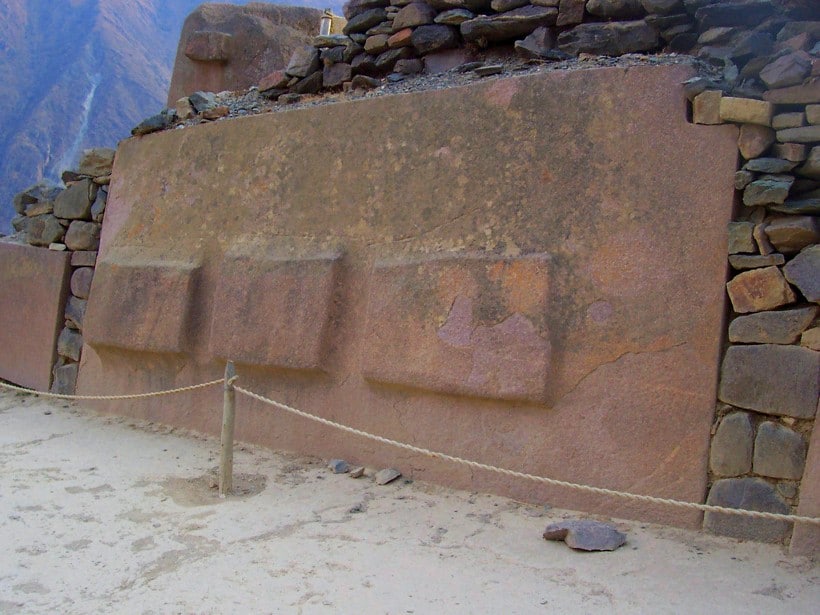
In the Sun Temple: gigantic blocks of red porphyry, crafted with masterful surfaces as if it were a soft and malleable material. In which the sides of the pieces had to be joined, moldings or protrusions appeared which could fit in the furrows of the pieces with which they were assembled.
Inkapintay: It’s the whole place, including the strong took the name east, hybrid word probably assigned to the last century, the old highway forward in Choqana, which breaks the front and the last part of the orogenic spur.
Choqekillka Fort: It was another pukura or barracks of characters similar to Choqana, it is formed by districts, incomplete aqueduct, paths and short platforms.
PunkuPunku or LlajyaPunku: located at the eastern end of the town of Ollantaytambo, where the road takes the final turn. PunkuPunku means door of the doors and LlajtaPunku the door of the people.
The Avenue of the 100 Hornacinas: They call this road the current street where pedestrians and vehicles enter after passing the LlajtaPunku bend.
Remains of the long wall with many niches or cabinets, walls show no inclination towards the street, but solidify inside for support in the transverse walls building, lockers were located on the front sides of the walls and not on the street, today commented the wall to the Road and cabinets, the quality of flagstones and clay mortar.
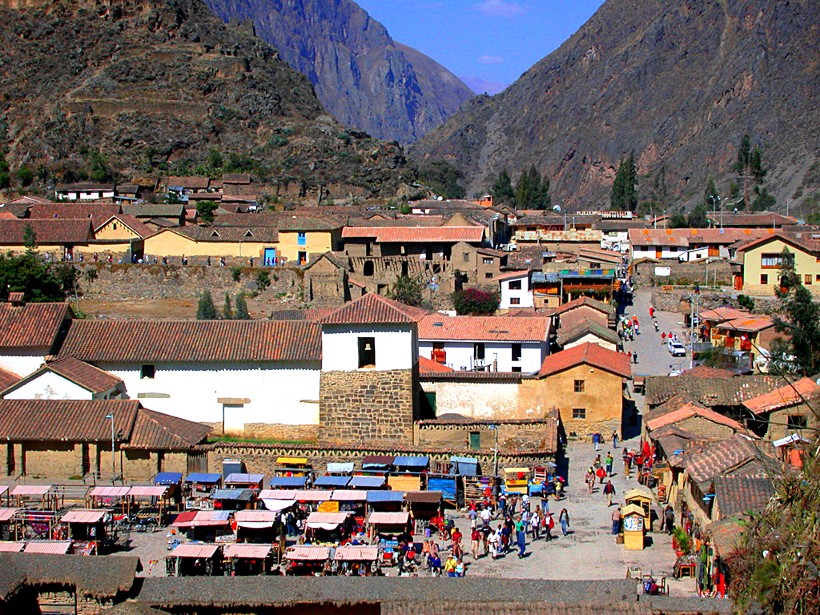
The place MañayRaqay also called Kuychipunku; Mañay means request, raqay request, is interpreted as the Plaza de las Peticiones. This square is located on the right side of the river Patakancha, corresponding to Araqama Ayllu, a rectangular shape. The walls that bound it have many doors. On the eastern side of the square runs a small creek Patakancha arm at the center of the west wall is the large gate that allows passage into the castle.
Ollantaytambo map
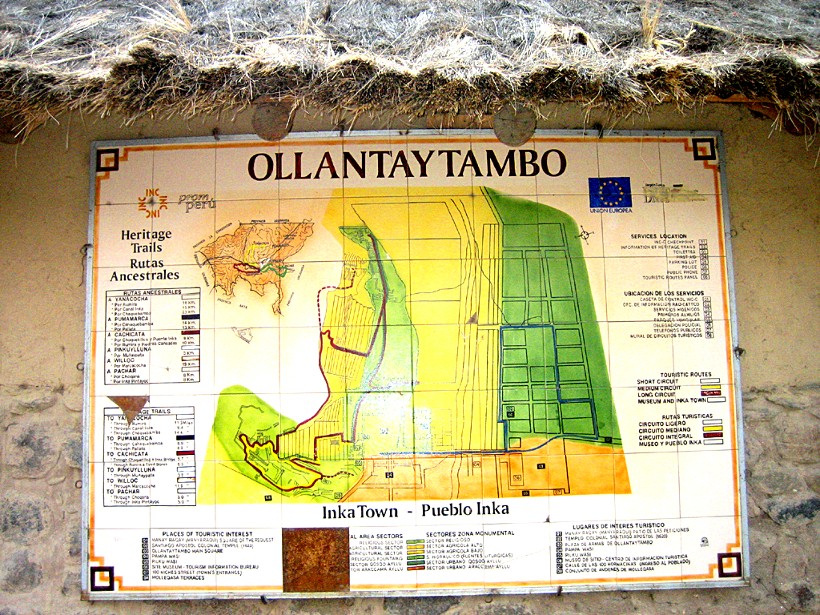
Ollantaytambo things to do
The lively city of Inca (Ollantaytambo) is becoming a strategic place for various activities, of which we can mention:
– Outdoors: hikes through the valley, mountain biking, horse riding, paragliding, canoeing through the Vilcanota and off-road.
– Cultural experiences. Demonstration of the Andean weaving, pottery workshop, theater, dance, music, stories, Chacras routes, Peruvian cuisine, etc.
Ollantaytambo Hotels
- Pakaritampu / Av. Ferrocarril s/n / Reservas Lima: 445-2803 / [email protected]
- Hostal El Sauce / Ventidero 248 / T. (084) 20-4044 / [email protected]
- El Albergue / Al lado de la estación del tren / T. (084) 20-4014
- Ollantaytambo Lodge / Quinta Cruz Esquina s/n / T. (084)20-4141 / [email protected]
Ollantaytambo Restaurants
Killawasi, the restaurant owned by the hotel Sol y Luna offers a real proposal of local cuisine using fresh organic ingredients from farms in the area and the garden of the hostel. The menu was designed by the renowned chef Pedro Miguel Schiaffino and Nacho Solís, who try on their plates to reflect the value of the products of the Sacred Valley.
How can I buy the tourist ticket to enter Ollantaytambo?
The tourist ticket of Cusco can be found in tourist offices in Av. El Sol or on the Plaza de Armas in Cusco. You can buy the full or partial ticket by selecting a specific group of places you want to visit.
Hours of operation: From 7:00 a.m. to 6:00 p.m., every day of the week.
Entry fees:
Tourist Ticket of Cusco:
General: S / 130 soles (36 EUR or 47 USD) / Reduced: S / 70 soles (19 EUR, 25 USD)
Promotional ticket for Domestic Tourism:
General Admission: S /. 70 soles (19 EUR, 25 USD)
Reduced Rate: S /. 40 soles (11 EUR, 15 USD)
Note that purchasing tickets separately for each site is a higher expense.
Ollantaytambo History (brief review)
Manco Inca Yupanqui, also known as Manco Cápac II, was one of over 500 children of the HuaynaCápac and the first of the four Inca rebels of Vilcabamba. When he fled from the armies of Atahualpa to Cusco, he worked with the Spanish conquistadors and believed to get rid of the atahualpistischen troops in this way. Although the Spaniards crowned him the Inca emperor, he did not have many privileges and was also the victim of a series of abuses and humiliations. On April 18, 1536 Hernando Pizarro dismissed him on the condition that he did not leave Cusco. Manco Inca gave him golden objects, silver bars and offered him a royal gold statue of Huayna Capac. Pizarro, who believed it, released him, but Manco Inca immediately invaded the city of Calca, where his captains were already waiting for him.
From the fortress of Ollantaytambo in 1536, the Inca rebel was only one step away from liberating Cusco from Spanish rule. It is this citadel that Manco has managed to fend off the Pizarristas’ attack and to attack the Spanish troops. Manco Inca, however, had to flee to Vilcabamba when he had to leave his troops due to the excessive wartime. He was eventually killed in 1544 when he was cheated by an almagist group.
This is a guide to the Ollantaytambo ruins in Peru, the stop between Cusco and Machu Picchu. If you have question ask them in the comments below. And don’t forget to pin this article!
